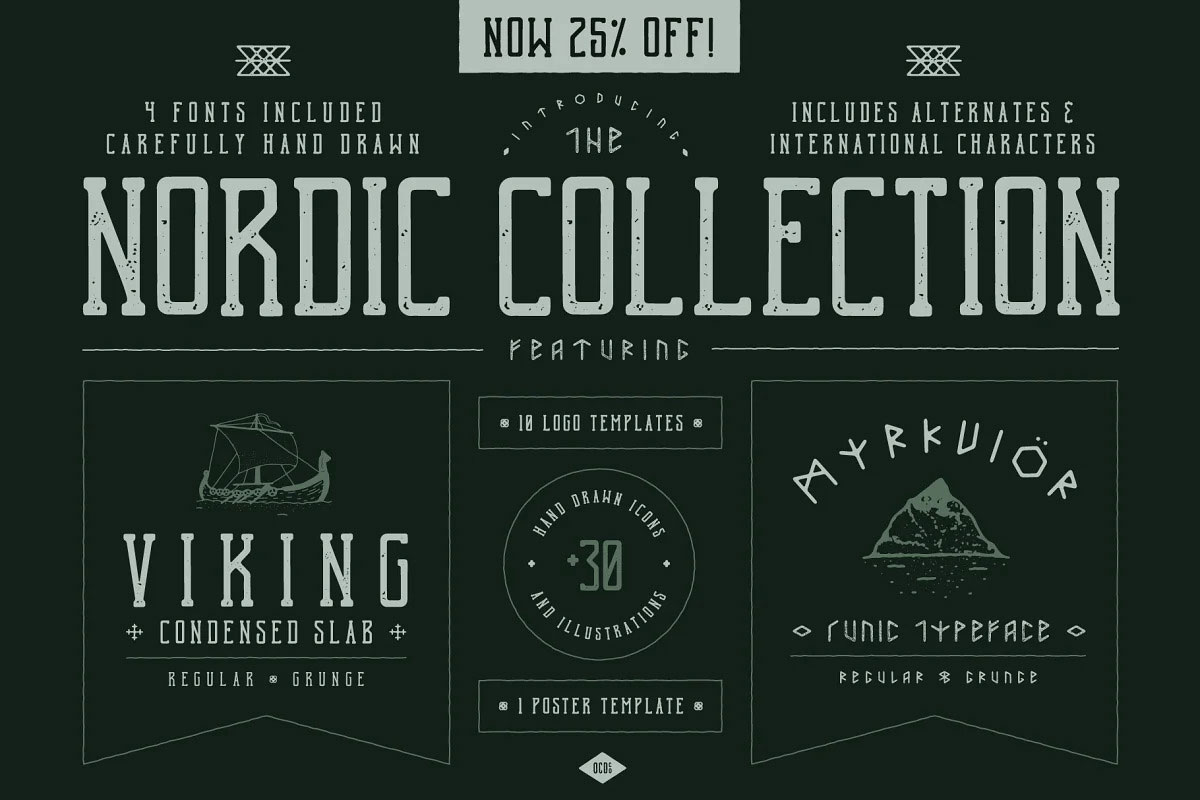

I just think it’s a nice, clean font that looks good on my screen.

But could you imagine reading Lord of the Rings in Courier? I doubt anyone would get past the first chapter. In context, the right font goes unnoticed. And last we have Courier, a classic ‘typewriter’ font, that you wouldn’t expect to see in a book but is great for newspapers.Įach of these three has a specific purpose in mind, by design and historical use. Then we have Interface a great web font that is also used for magazines and textbook printing. Baskerville is among the best print fonts for fiction novels. The text on your page must convey your words, meet your reader’s expectations, and be easy to read.Ĭompare these samples of the same copy with differing fonts:Įach of these three fonts are great for printing-but each has a specific kind of printing they’re used for. The best fonts for books will be invisible. Too many fonts can be jarring for your reader. There’s no one answer to how many fonts you should use in a book, but if you’re putting your book together and you’ve got more than six different fonts for the interior and cover tone it down. Alongside those, you could use unique fonts for your front matter, header/footer content, and loads of other kinds of text-section titles, footnotes, the dedication, etc. Then you’ll have your primary font for the body text (like Baskerville) and another stylized font for your chapter titles (like Bigshot One). For example, you might use a block-style font for the title (like Gotham) and a serif font for the subtitle and other cover text (like Caslon). If you go pick up any book off your bookshelf, you’ll likely be able to find five or six different fonts in use.


 0 kommentar(er)
0 kommentar(er)
